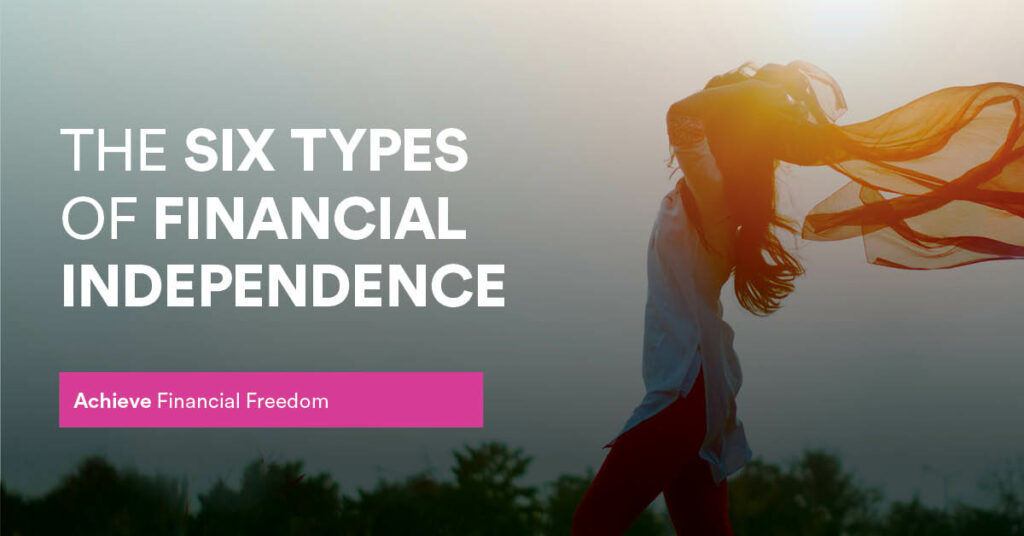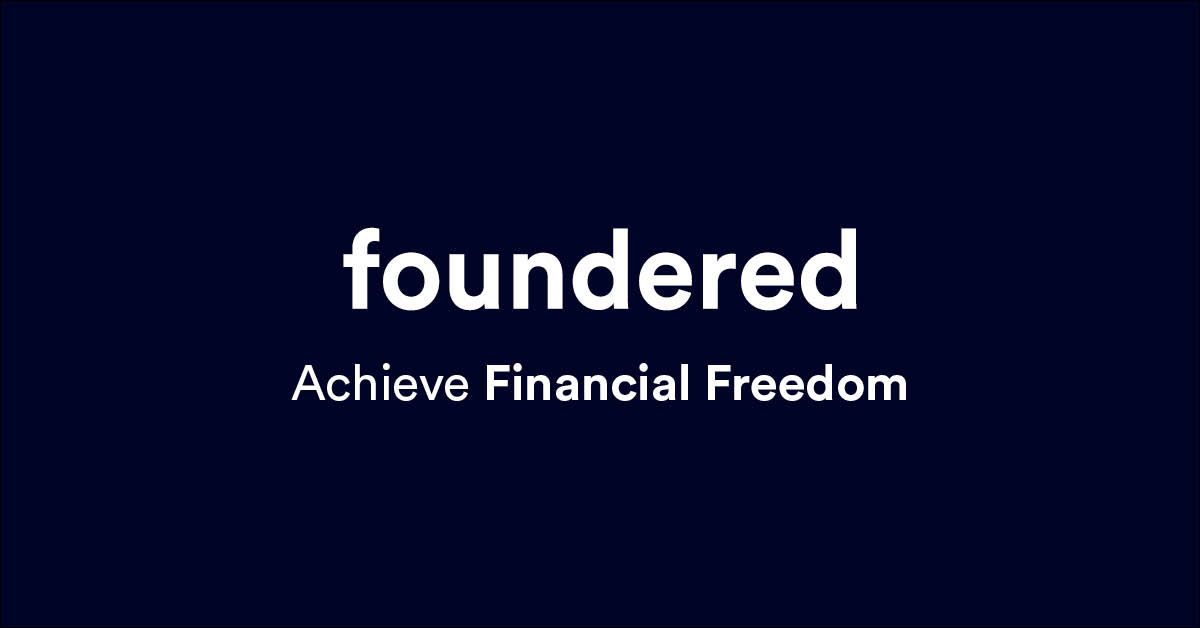I first heard about the FIRE (Financial Independence Retire Early) movement in 2011. I’ll be honest; I kept it a secret from everyone, except my closest family and friends, until 2023.
In 2011, saying that you were going to retire early meant a couple of years before your private or state pension was accessible. To say we wanted to retire at 40 sounded exactly as you think…crazy. But here we are in 2023, and both my wife and I have retired in our very early 40s.
We achieved this through the principles of the Financial Independence Retire Early (FIRE) movement. There are different types of financial independence and it’s more a sliding scale than a catch-all term.
What is Financial Independence Retire Early (FIRE)?
FIRE and the FIRE movement stand for Financial Independence Retire Early. The initial concepts of FIRE began in the 1980s, but it only gained popularity around 2007 when several financial independence blogs gained traction, primarily in the United States of America. Over the past decade, that knowledge and content have crossed the continent, and today many people in the UK and Ireland are following the path to financial independence, though it is still in its infancy.
Financial independence (FI) refers to the ability to live off your investments or passive income without needing to work for a living. The Retire Early (RE) element of FIRE traditionally comes about as many of those who were financially independent chose to retire from work. More recently, this has been refined to promote optional work over early retirement.
Those in pursuit of financial independence aim to save and invest generally larger percentages of their income than those looking to retire at a normal working age. By doing so, they hope to grow their wealth, so that work becomes optional, and they can live in perpetuity off their investments.
Before we delve into the article, if you take nothing further away from this piece, understand this:
Retirement is a number, not an age
When you realise that retirement can happen when you can afford it if you choose to, you no longer have to give consideration to a 30 or 40-year working career. Instead, you can focus your efforts on reaching the number that will allow you to retire at any age.
Aside from retiring early, the FIRE movement focuses on building lifestyle design, allowing you to choose your goals on your journey. When you remove the challenges or barriers of affordability, you can decide to build the life you want. For many on the path to financial independence, retirement doesn’t mean stopping work; rather, working for money becomes an optional choice. I firmly believe that if I want to earn money at a future point, I’ll do so because I want to and not because I need to.
How much do you need to retire early?
Understanding the value of investments you need to achieve financial independence is probably the most hotly debated subject in this field. There are multiple “rules” used to understand how much you might need to retire early. However, none of these is set in stone, and you need to be comfortable with your decisions based on your unique circumstances and factors that influence your life.
In America, the Trinity study in the 1980s concluded that those looking to retire over a 30-year horizon would be able to withdraw 4% per year (increasing for inflation annually). From this study, the 4% rule became the baseline for all those striving towards financial independence and hoping to retire early.
I won’t get into the debate around the 4% rule in this article today. However, I definitely err on the side of caution here in the UK, and personally, I work to a 2.5% withdrawal rate. I don’t even know if that’s safe 30 years from now, but I feel more comfortable at this level.
If you are starting on your journey towards financial independence and hope to retire early, I still recommend the 4% rule as a starting point. Giving people a goal to achieve and making it a realistic one, will keep you engaged and focused on a target.
Using the 4% rule, you would need to save and invest 25x your annual expenditure to achieve traditional financial independence. If you spend £30,000 per year and expect this will continue, you’ll need to have £750,000 saved and invested.
What are the types of FI you can strive to achieve?
There is no one-size-fits-all stage of financial independence, and your journey is unique to you. What financial independence means for one person won’t be the same for someone else. Over the years, the term Financial Independence Retire Early has expanded somewhat into a spectrum or a path that people progress along. Where they get off is entirely up to them. Here are some examples of the types of financial independence you might choose to strive towards:
Lean FI
Lean FI refers to a state where an individual has saved enough to cover their basic needs and lead a frugal lifestyle. People who achieve Lean FI usually have lower expenses and are comfortable living with fewer material possessions. Their savings and investments may provide a modest but sustainable passive income to cover essential expenses like housing, food, and healthcare.
Barista FI
Barista FI describes a situation where an individual has enough savings and investments to cover a significant portion of their living expenses but may still work part-time or take up a low-stress job to cover the remaining expenses. The name “Barista FI” comes from the idea that someone could work at a coffee shop (or a similar low-stress job) to earn supplemental income, rather than relying solely on their investments.
Coast FI
Coast FI, also known as “Slow FI,” is a state where an individual has saved enough money in their retirement accounts that they no longer need to contribute more to reach their retirement goals. This allows them to reduce their working hours, take lower-paying but more enjoyable jobs, or pursue other life goals without needing to worry about saving for retirement. The idea is to let the existing investments grow over time until they reach full financial independence.
Traditional FIRE
Traditional FIRE refers to the state where an individual has saved enough money to maintain their desired lifestyle without working. This approach typically involves aggressive saving and investing to achieve a target net worth that can sustain their living expenses indefinitely. The target number is often calculated based on the 4% withdrawal rule, which suggests that one can safely withdraw 4% of their portfolio annually without running out of money.
Chubby FI
Chubby FI represents a level of financial independence that goes beyond covering basic expenses. Individuals who achieve Chubby FI have amassed enough wealth to afford some luxuries, occasional splurges, and travel while still maintaining financial security. Chubby FI provides a more comfortable lifestyle compared to Lean FI.
Fat FI
Fat FI is the highest level of financial independence, where an individual has accumulated substantial wealth that allows them to enjoy an extravagant lifestyle without having to work. People who achieve Fat FI can afford expensive luxuries, extensive travel, and other high-cost activities, all while still maintaining their financial security. This level of financial independence typically requires a larger investment portfolio and passive income streams to sustain the lifestyle.
Benefits of Financial Independence Retire Early
You no longer have to work
The phrase “live to work, not work to live” comes to mind as one of the core benefits of financial independence. When you no longer have to earn an income to survive or thrive, you can choose to put your efforts towards other activities. You can explore passions or hobbies, and even engage in charitable work to give back to the community you live in.
Reduced stress
Workplace stress is one of the largest contributors to negative mental health. When you no longer have to work, you can remove this stress from your life. That’s not to say you will be stress-free, but the chances are it will be considerably less.
Drawbacks to Financial Independence Retire Early
Missing out on spending now
In today’s world, everyone wants to be seen as attractive, healthy, and wealthy. Keeping up with the Joneses is a real challenge people face, and if you choose to follow the path towards financial independence, you may have to delay purchases or reduce your spending so that you can invest more for your future.
For consumers who spend significantly, this can become a real challenge on the path to FI. Understanding delayed gratification, accepting it, and even embracing it is one of the most challenging but rewarding factors of financial independence.
Pension Withdrawals
If you’re in your 40s or 50s reading this article, chances are you have been putting money away for retirement in your pension. At this stage, if you are considering early retirement, you may need to fund the period between retirement and when you can access your pensions. If all your money is in your pension, then you won’t be able to retire until pension age.
One of the key ways to do this in the UK is to start putting money into your ISA. We have a comprehensive article on ISAs here on the site, and you can use this as part of your withdrawal strategy in early retirement.
Lost earning potential
One of the key drawbacks to financial independence and retiring at an early age is your lost earning potential. If you had continued in your career for another decade or longer, what would have been your total earning potential, and where could this money have taken you?
Could you have cured cancer?
Another challenge that many early retirees face is that their industry is losing out on their talents and skills. What if they could have found a cure for cancer or made a significant breakthrough in their field? Is it selfish for those with skills and talents to finish their career early? The answer is, of course, personal to you, but I am here to pose these questions and start the debate.
What if the F.I.R.E movement doesn’t float your boat?
Financial Independence Retire Early isn’t for everyone, and that is okay. I have many friends, family, and clients who are absolutely content with saving a percentage of their income for normal retirement. They spend the rest of their money now and enjoy their lives.
However, they do understand that they will need to retire one day and set aside an appropriate amount of money today. Don’t YOLO your way through life, only to realise in your 70s or 80s that you cannot afford to retire.
In conclusion, the journey towards financial independence is a personal one, and there are various paths and goals you can pursue along the way. By understanding the principles of the FIRE movement, you can make informed decisions about your financial future and build a life tailored to your unique circumstances and aspirations. Ultimately, the most important thing is to find a balance between enjoying the present and planning for a secure and fulfilling retirement, whether it happens early or at a more traditional age.
Want to connect with me elsewhere? Check out Foundered Money on Youtube. I share all of my articles in video format on my personal Foundered Money channel.
Frequently Asked Questions
What are the main types of financial independence?
The 6 main types of financial independence include: Lean FI, Barista FI, Coast FI, Traditional FIRE, Chubby FI and Fat FI


